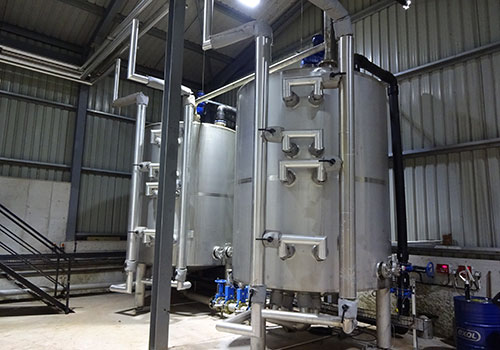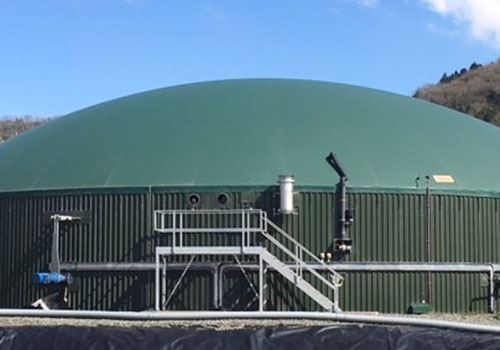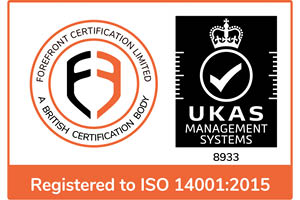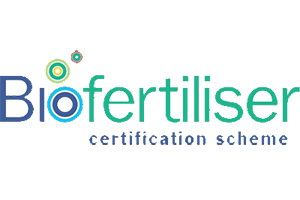Method of Digestion
The method of digestion employed by GP Biotec is a wet, mesophilic, two-stage process. Anaerobic digestion within the mesophilic range means utilising bacteria that have an optimal temperature for growth between 35-42oC. Mesophilic digestion systems are generally more stable than thermophilic systems because a wider diversity of bacteria grow at mesophilic temperatures; these bacteria are generally more robust and adaptable to greater changes in environmental parameters such as minor changes in feed or feedstock solids content.
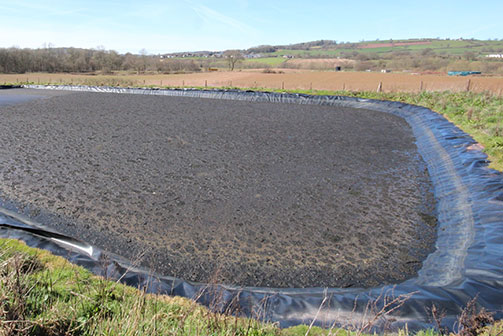
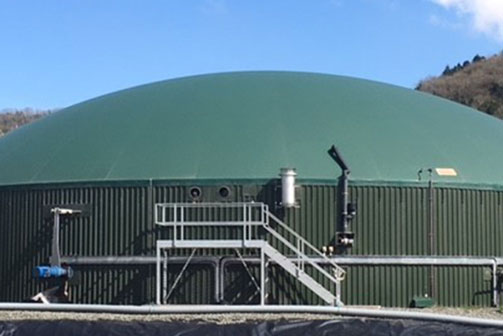
A Mesophilic Process
A mesophilic process also requires less energy to sustain the operation than a thermophilic process where bacteria require higher optimum temperatures. A ‘wet’ system allows for better mixing of the substrate and therefore greater stability and more control over digestion conditions. The advantages of a two-stage process are that greater control over the digestion process is possible and it is biologically more stable; the system also tolerates fluctuations in feedstocks more readily than a single stage system.
Process Flow Diagram
The process flow diagram gives an overview of the treatment process.
1
PRE-TREATMENT
& LOADING
2
PRIMARY
DIGESTION
3
SECONDARY
DIGESTION
4
PASTEURISATION
Pre-Treatment
Pre-Treatment involves the maceration of solid feedstocks, they are then mixed with a small amount of digestate before being loaded to the primary digester, along with the liquid wastes
.
The primary digestion phase takes place in a sealed digester tank; the tank is a liquid and gas tight, insulated concrete tank, with flexible double membrane roof and heating system. The process takes place in the absence of oxygen at between 35-42oC.
The substrate in the tank is mixed thoroughly by various mixers which means:
‣ Floating layers are minimised;
‣ Sedimentation is reduced;
‣ The risk of temperature gradients reduced;
‣ Gas released from the substrate is maximised and fresh substrate is mixed thoroughly with existing substrate.
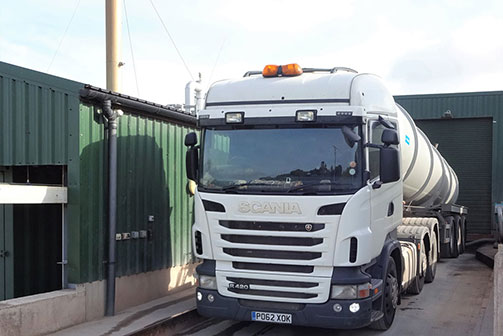
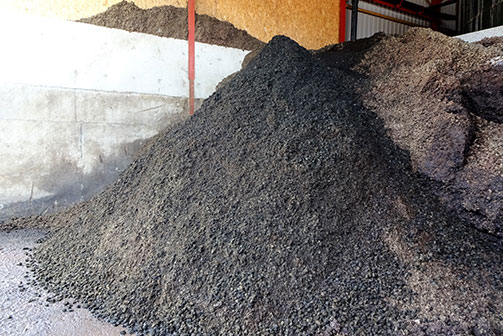
Secondary Digester
The substrate remains in the primary digester for the required retention period. The majority of the biogas produced by the process is captured during the primary digestion phase. Once digested the substrate naturally settles to the bottom of the digester tank, it is then pumped to the secondary digester where the remaining biogas is captured.
After the secondary digestion phase the digestate once again sinks to the bottom of the tank, from here it is pumped in batches to two steel tanks where it is pasteurised. Pasteurisation is achieved by heating 10m3 batches of digestate to 70oC for 60 minutes to eliminate pathogens.
Once pasteurised the digestate passes through a separator which separates the digestate into liquor and fibre fractions.
Highest Levels of Service
GP Biotec aims to achieve and maintain the highest level of service provision and product quality. The company complies with all applicable statutory laws/regulations and holds the following permits, approval and certifications:
‣ Consolidated bespoke environmental permit (Permit Number: EPR/AB3233DW) issued by Natural Resources Wales (NRW) under The Environmental Permitting (England and Wales) Regulations 2010;
‣ Animal and Plant Health Agency (APHA) approval 52/083/8004 ABP/BIO (24th March 2014);
‣ Biofertiliser Certification Scheme certified since 2015 (the digestate output from the plant is certified to PAS 110:2014 and the Quality Protocol for solid fibre and liquid digestate fractions).

